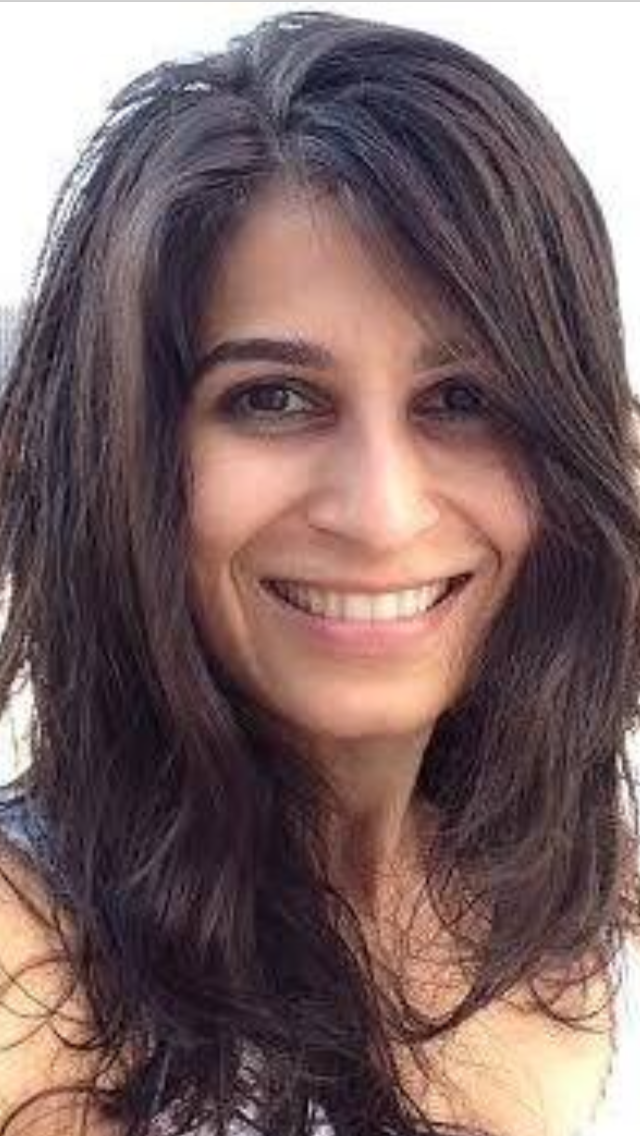Our bodies are the home we live in. They are the physical containers of our experiences, thoughts, memories and feelings. Movement helps us understand and discover our body boundaries, in addition to what lies inside of us.
When we move, we address thoughts, emotions and feelings that are deeply embedded in our bodies. Once there is awareness of all these aspects of self, we can address, and find solutions to those issues; thus relieve stress by moving past our problems using the body as a tool.
Dance and movement as therapy
Dance has long been fundamental to one’s existence as an expression of life itself, as well as being used therapeutically for thousands of years. The use of dance as a healing ritual dates back to earliest periods of human history. Dance/Movement Therapy or DMT works with the premise that the mind and body are inseparable, such that a change in one affects the other.
Our thoughts inform our feelings and our feelings inform our movements. Motion influences the way in which we perceive our bodies and can impact body image and our subconscious attitudes and emotional and mental states.
DMT is a form of psychotherapy based on the concept of using the body as a healing force for emotional distress. The dance/movement therapist intentionally taps into the healing nature of movement by using the art of dance as a combination of an observation and assessment tool. Then choreographing responses to issues and movements individuals bring during a session.
The dance/movement therapist responds by echoing and answering each person’s movement, thus promoting feelings of self-worth.
How is DMT different from other physical exercise
Therapy means to repair or build. It means working through a specific issue by delving deep and understanding the need for repair. Although Yoga, dance or Tai Chi have healing properties and therapeutic value, they are very different from DMT.
Dance employs techniques and has aesthetic considerations that form the core of formal dance education. Learning dance has numerous benefits as does running, going to the gym or even playing a sport. Similarly, Tai Chi prescribes definitive movements which enhances over-all well-being.
However, these forms do not employ specialised psychotherapeutic interventions or treatment methods. DMT is psychotherapy using movement. Dance/movement therapists work primarily on the psychological issues that contribute to a certain condition, injury or illness using movement interventions.
The therapist reads, interprets and then offers solutions by subtle changes to the clients existing movement patterns and thus creates favourable outcomes for the individual.
Want to share your story of how you thrive? Write to us at [email protected]


